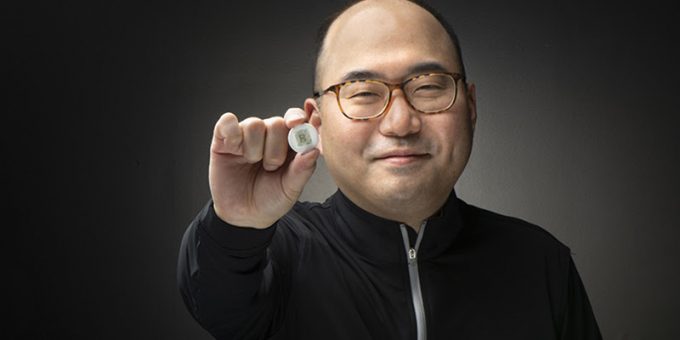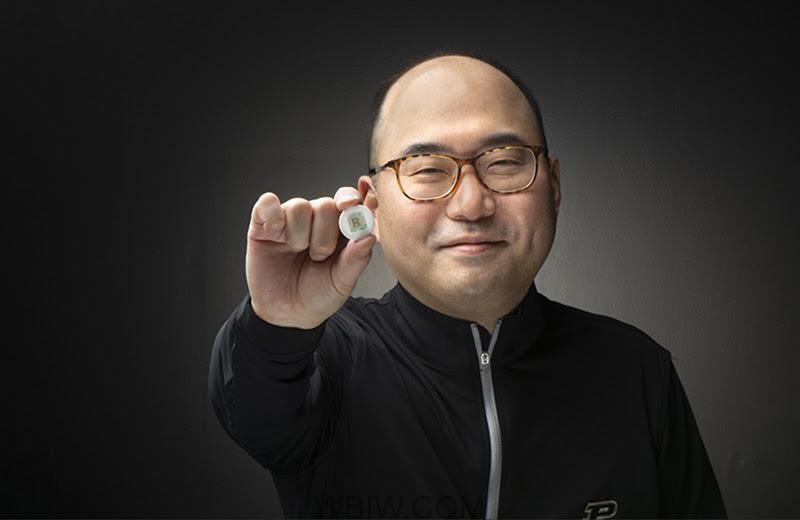
WEST LAFAYETTE — Biomedical engineers are innovators in a laboratory: bringing concepts and dreams of future technology and science fiction to life today to better people’s health and longevity.

These faculty experts from Purdue University’s Weldon School of Biomedical Engineering can explain a process or procedure regarding various areas of research – and many times build, design, and bring these concepts to the marketplace.
Below is a list of innovations from the Weldon School of Biomedical Engineering.
What inspires and pushes a biomedical engineer? A look behind the scenes of Purdue BME’s leader
Artificial intelligence has the potential to help engineers explore how cell signals are integrated to fight off invaders or activated to repair wounds, which are both essential for survival. David Umulis, a multidimensional mentor, professor, the Dane A. Miller Head of the Weldon School of Biomedical Engineering, and senior research fellow at the Krach Institute for Tech Diplomacy at Purdue, is directing EMBRIO – an institute that is investigating how to use AI to crack the code of cellular defense. He credits a family friend and local pediatrician for pushing him to succeed and inspiring him to mentor faculty and students at Purdue.
Pediatric innovation: Tailoring new technology to the tiniest patients
- A breakthrough in biomedical acoustics by a team led by George Wodicka, professor of biomedical engineering, led to the creation of a medical device that can alert nurses when a baby’s breathing tube is in the wrong position or obstructed. After 30 years of development, the Purdue invention is on its way to becoming the standard of care for babies worldwide.
- Higher education, medical schools, and manufacturers can work together to address pediatric health care resources and the need to expand FDA product testing for use in children writes Mung Chiang in a column for Forbes. Chiang serves as executive vice president for strategic initiatives, the John A. Edwardson Dean of the College of Engineering, and the founding director of the Krach Institute for Tech Diplomacy at Purdue.
- Partnerships with Indiana-based biomedical device companies also could benefit pediatric device research and development, writes Craig Goergen, the Leslie A. Geddes Associate Professor of Biomedical Engineering, director of clinical programs in the Weldon School of Biomedical Engineering, and adjunct associate professor of surgery at Indiana University School of Medicine.
Protecting medications from fraud – and improving how they travel through the body
- Small cyber-physical watermarks could prevent huge headaches caused by fake meds
- This all-terrain microrobot can flip through a live colon

Biomedical engineer Chi Hwan Lee developed a sensor that can be placed on an over-the-counter contact lens and then be used to detect glaucoma in patients. (Purdue University photo/Rebecca McElhoe)
Building devices that could help you monitor your own health
- “Sticktronics” can transform common items such as contact lenses into specialized biomedical devices
- Smartwatches may help you detect the earliest signs of disease
- Tech that makes it possible for pregnant women to detect their own risk of preeclampsia with a smartphone
Partnering engineers with medical professionals
An engineering-medicine partnership between Purdue’s College of Engineering and Indiana University School of Medicine is developing technological solutions for pressing health care problems. Numerous programs, including expanded educational opportunities, degrees, and access to clinical settings, are part of the partnership.
About Purdue University
Purdue University is a top public research institution developing practical solutions to today’s toughest challenges. Ranked in each of the last four years as one of the 10 Most Innovative universities in the United States by U.S. News & World Report, Purdue delivers world-changing research and out-of-this-world discovery. Committed to hands-on and online, real-world learning, Purdue offers a transformative education to all. Committed to affordability and accessibility, Purdue has frozen tuition and most fees at 2012-13 levels, enabling more students than ever to graduate debt-free. See how Purdue never stops in the persistent pursuit of the next giant leap at https://stories.purdue.edu.
Contacts: Matthew Oates, oatesw@purdue.edu, @mo_oates and Kayla Wiles, , wiles5@purdue.edu



